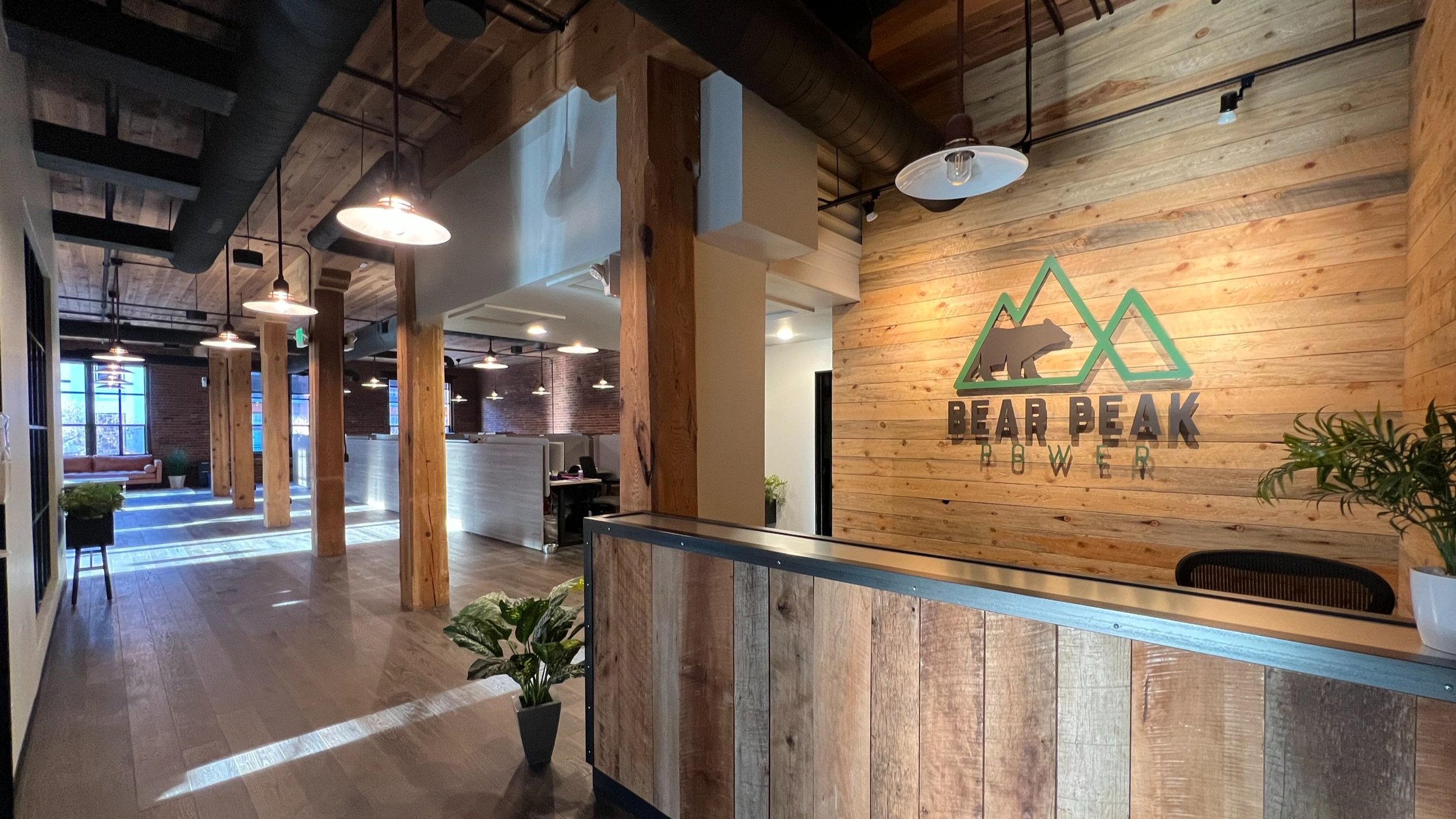Landowner Opportunities
Whether you're a new or existing property owner, we are always happy to answer any questions about our solar and energy storage projects. We value our relationships with landowners and look forward to diligently pursuing your project through to successful completion.
FAQs
-
While most sites developed by Bear Peak are successful and ultimately constructed, some projects do not move forward due to factors beyond our control. Entering into an option to lease or purchase allows Bear Peak to begin the development process immediately—applying for interconnection to utilities, securing local permits, and conducting engineering work. As soon as Bear Peak receives all necessary approvals, the landowner is notified, and the formal lease is delivered and signed, followed by the construction of the solar facility.
If a project does not proceed, the landowner is also notified and may keep all funds paid to them to that point. Opting for an option instead of a full lease or purchase agreement keeps legal costs low for both parties while fairly compensating the landowner for granting Bear Peak the opportunity to assess and advance the site’s development.
-
Lease rates vary by location, property characteristics and market conditions, but landowners typically earn significantly more per acre from a solar lease than from agricultural use. Once constructed, a solar project provides a stable, long-term revenue stream for 20+ years. If you’d like to learn more about lease rates or have your property evaluated for solar potential, contact Bear Peak—we’re happy to help!
-
A typical solar lease is 25 years with additional options to extend if the facility is still operating efficiently.
-
Yes! Bear Peak frequently enters into Purchase Agreements, where the property is purchased at the end of the due diligence/option period upon successful development instead of initiating a lease. If you're interested in selling your land, feel free to reach out—we’d be happy to discuss your options.
-
Once the project reaches the end of its life, it is decommissioned—all equipment is removed from the site, and the land is restored. For many crop-producing properties, resting fallow during this period can benefit the land, allowing it to quickly return to production. To ensure proper and speedy decommissioning, financial assurances such as bonds, are put in place with the local authorities at the start of construction.
In some situations, Bear Peak may desire to negotiate a new lease agreement when approaching the end of a lease term, extending the life of the facility, and continuing to generate revenue for the landowner.
-
A property ideal for solar development should meet several key criteria:
1. Size and Accessibility: The property should have at least 10 usable acres that are free of obstructions, such as wetlands, buildings, power lines, pipelines, or easements, which could interfere with the development.
2. Topography: The land should be flat, with slopes ideally less than 20% grade. However, if some areas of the property have slopes steeper than 20% grade, those areas may still be suitable or could be avoided depending on the project requirements.
3. Proximity to Electrical Infrastructure: The property should be adjacent to or nearby utility distribution lines, preferably 3-phase power lines, which are typically mounted on wooden poles 20-40 feet off the ground. In contrast, transmission lines are much higher, often over 100 feet, and are typically mounted on metal towers. Transmission lines are generally not suitable for Bear Peak’s solar projects.
4. Utility Service Territory: Generally, the electrical infrastructure needs to be owned by an investor-owned utility (IOU). Most Rural Electric Cooperatives and Municipal Utilities do not permit large-scale solar projects to interconnect with their grid. If you live on the property, the utility provider is the company you pay each month for electric service. If the property does not currently have electric service, we can help identify the correct utility service territory for the project.
Contact Us.
Landowner Inquiries
303-501-0591
1444 Wazee Street, Suite 333
Denver, CO 80202



